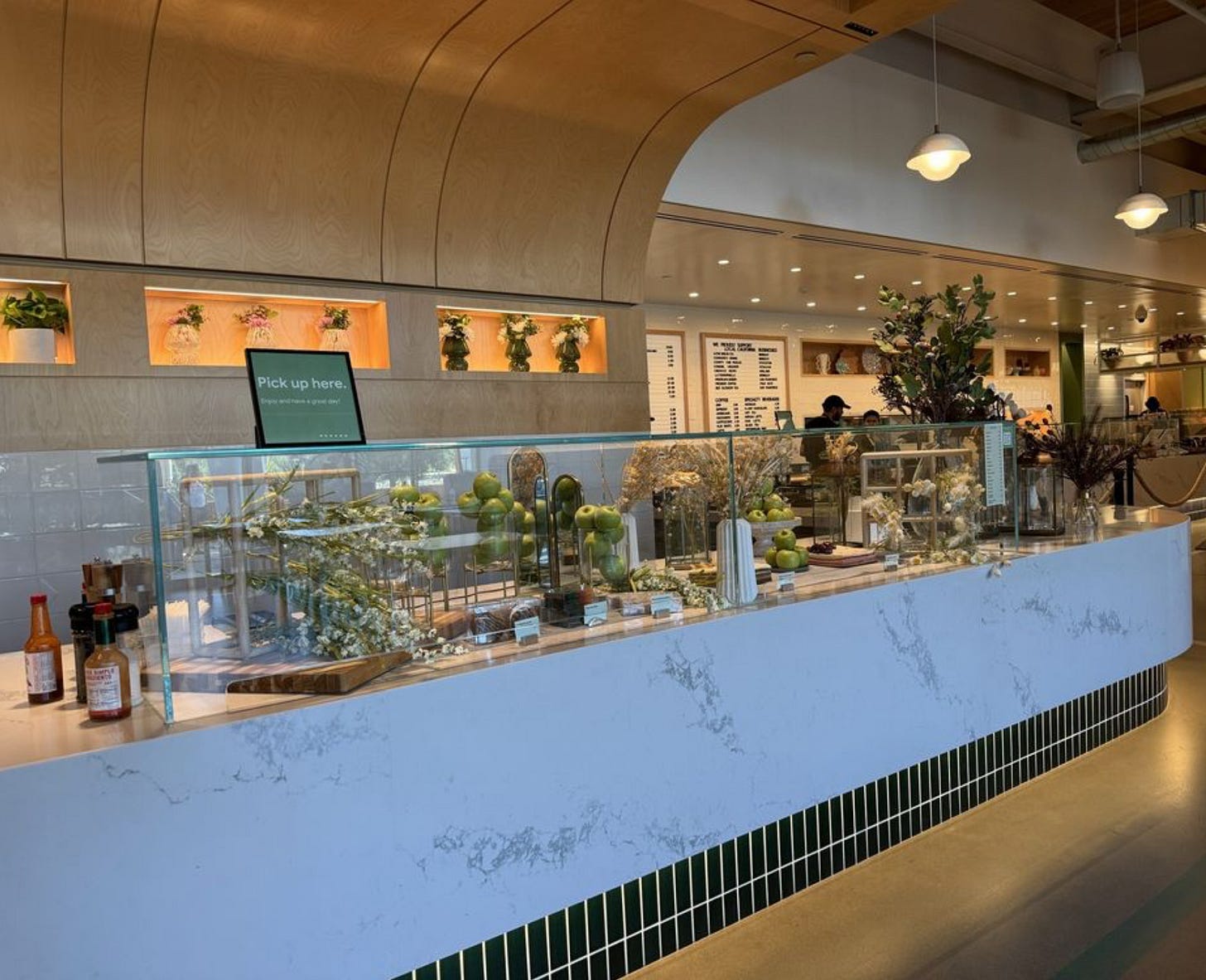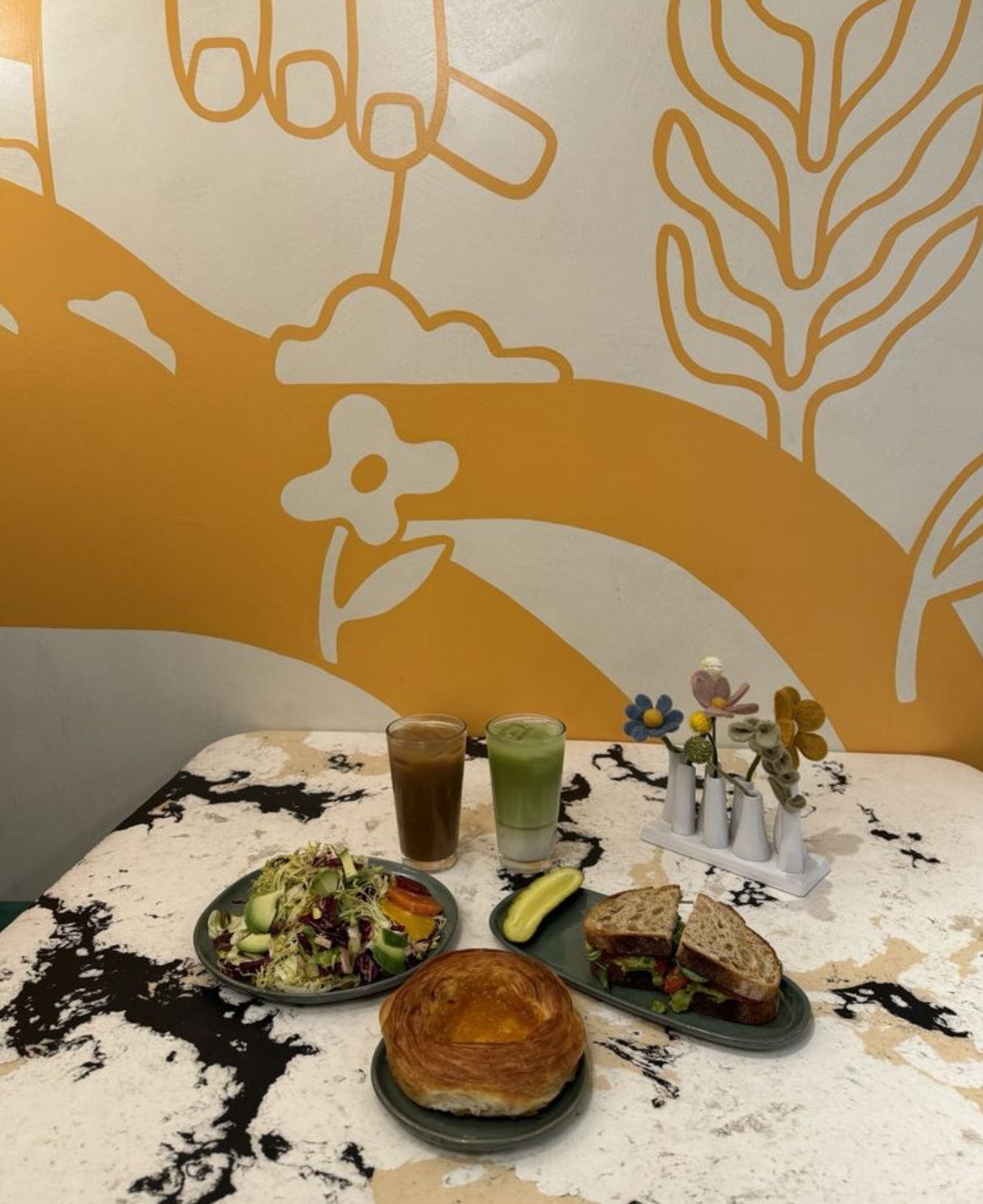The Hidden Hierarchy of Office Snacks
What food at work reveals about culture, identity, and productivity
In the modern workplace, snacks are no longer just a perk, they’re a performance tool, a cultural signal, and a quiet battleground of status.
As companies race to optimise productivity and wellbeing, the humble office snack is undergoing a radical transformation.
Imagine walking up to a sleek, AI-powered snack dispenser. It scans your fingerprint, reads your hydration levels, and delivers a personalised nutrient blend designed to boost your focus and mood.
Maybe it’s a lion’s mane mushroom gummy for mental clarity, or a smart chocolate bar tailored to your cognitive load.
We’re not quite there yet, but these are just some of the possibilities of “functional snacking” where food meets neuroscience and biometric data.
These innovations reflect a deeper shift in how we think about work and wellness, and snacks, it turns out, are a strategic investment.
According to a recent survey, 67 per cent of employees who have food provided at work report being extremely or very happy with their careers.
And 83 per cent of respondents said they wanted fresh, healthy snack options.
That’s also great news for employers. Poor health and obesity cost US companies $225 billion dollars per year.
But not all snacks are created equal, and not all workplaces offer them.
There’s a hidden hierarchy of office snacks that mirrors broader organisational values.
Government employees in Australia, for example, might get tea bags and dry survival biscuits. Not a Tim Tam in sight when the taxpayer is footing the bill. Tech giants, on the other hand, understand that office snacks can be a competitive differentiator.
Google has a vegetable garden where employees can tend their own tomatoes, other tech giants have multiple free restaurant options on site, and at JLL in Singapore, vertical farms grow fresh produce for employees to grab and go.
This hierarchy isn’t just about budget, it’s about identity.
The presence (or absence) of snacks can be seen as a sign of how much a company values its people. It’s a quiet but powerful form of workplace signalling that can shape morale, culture and even retention.
And then there’s nostalgia. Some of us remember the tea lady who wheeled around with coffee, cake and conversation.
The slabs of cake and sauce-drenched sausage rolls probably wouldn’t meet the expectations of today’s health-conscious workforce, but the enforced break and human contact held its own value.
That mobile moment of connection is long gone, as workers lean more towards fuelling performance and employers want to power productivity.
The tea lady’s next iteration might look more like a personalised pod filled with each worker’s preferred snacks, or vending machines that read your health metrics and spit out the appropriate option for peak performance.
Whatever form it takes, workers of the future look set to be well fed.
My article was originally published in the Gold Coast Bulletin this week.





I walk by an open window with a cafeteria and play room of one company and in downtown Toronto, I believe it is Deloitte that has a cafeteria. I remember reading about Manulife enticing people back to the office with food, unhealthy at that. Ironic that an insurance company did that. Anyway food is office politics.